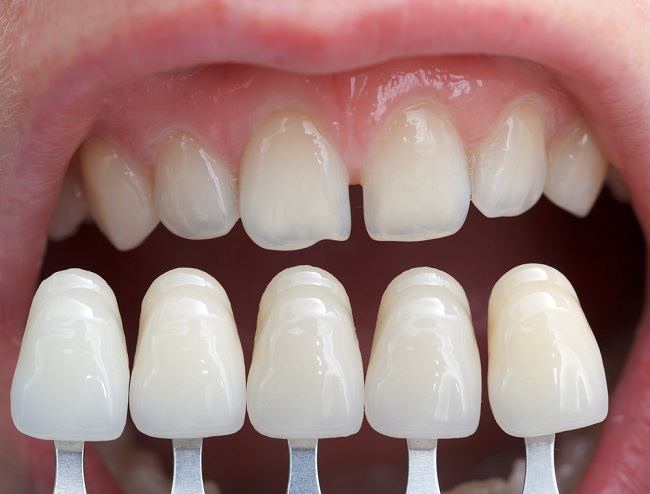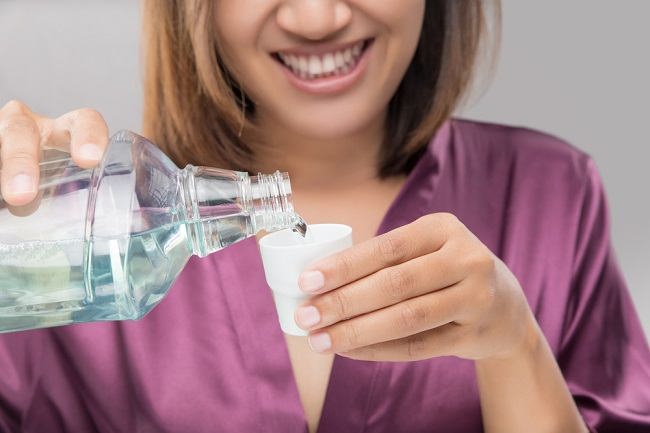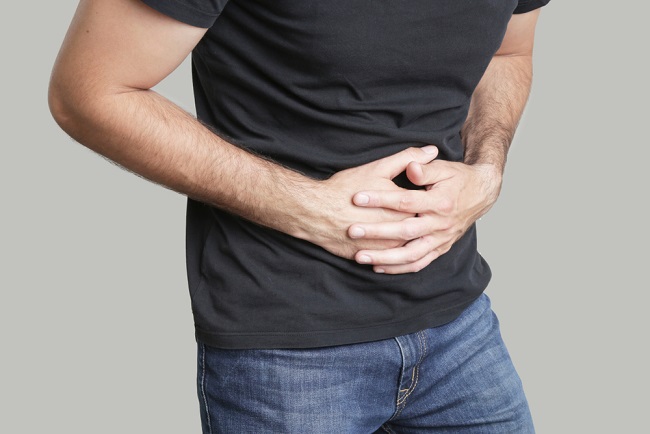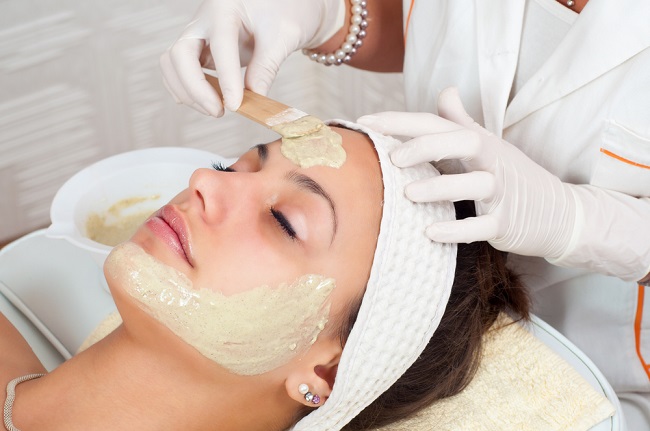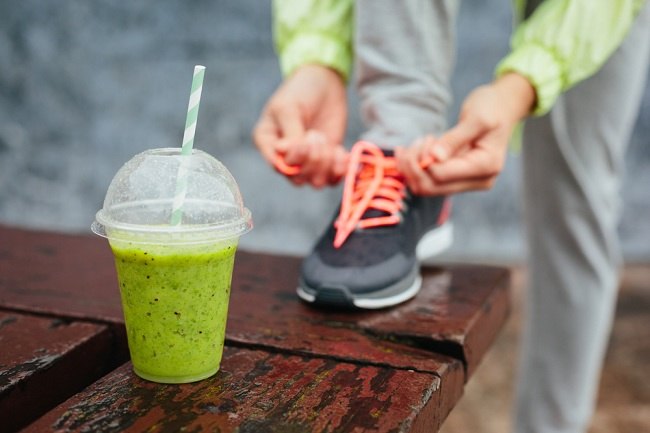It is important for us to know how to wear masks correctly, especially in the current COVID-19 pandemic situation. Masks are useful for protecting ourselves from the risk of contracting the disease as well as preventing us from transmitting the disease to others.
Previously, many doubted the effectiveness of masks to prevent transmission of the virus. However, if used properly, research confirms that masks are effective at preventing the spread of viral infections that are transmitted through the splash of saliva in the air, such as respiratory infections.

That is why in the current situation of the COVID-19 pandemic, people who will travel outside the home are required to wear masks in the correct way to prevent transmission of the corona virus.
Getting to Know the Types of Masks
Before knowing how to wear a mask properly, you need to know what type of mask is effective at protecting you. Actually, there are many types of masks available, but there are only three types of masks that are recommended for use during the current COVID-19 pandemic.
Let's look at the advantages and disadvantages of each mask below:
1. Surgical mask
Surgical masks are masks commonly used by medical workers, such as doctors when treating patients. These masks are usually green or blue in color and consist of three layers with different functions.
Excess:
- Protects from large airborne particles, such as saliva, mucus, and phlegm
- Consists of three layers, namely an outer layer for waterproofing, a middle layer for a germ filter, and an inner layer for absorbing liquids that come out of the mouth.
Lack:
- Only for one time use
- Not effective if it is damp or wet
- Stock on the market is running low
Seeing the advantages and disadvantages of surgical masks, these masks are preferred to be used by medical personnel, people with a high risk of contracting COVID-19, and people who are sick to prevent transmission of the virus to others.
2. N95 respirator mask
The name N95 is taken from the fact that this mask can filter 95% of large and small airborne particles. This mask is widely used by medical personnel or workers who handle toxic materials.
Excess:
- Protects from small airborne particles, such as viruses
- Protects from large airborne particles, such as dust, saliva splashes, mucus and phlegm
- Protects from toxic materials
Lack:
- Prices tend to be more expensive
- Stock on the market is running low
- Can make it hard to breathe and hot
Despite having better protection, these masks are preferred to be used by medical personnel who treat COVID-19 patients directly and workers who do need N95 masks, such as people who are painting.
3. Cloth mask
Cloth masks are non-medical masks that can be used as an alternative to dispel splashes of saliva, mucus, and phlegm during the current COVID-19 pandemic.
Make sure you choose a cloth mask whose fabric has tight fibers, but can still make you breathe comfortably. The best choice of cloth masks is one that is made of cotton fabric and consists of 2-3 layers of fabric.
Excess:
- Protects from dust, splashes of saliva, snot, and phlegm
- Can be washed for reuse
- Can be made by yourself
- Lots of stock on the market
Lack:
- Cannot filter bacteria and viruses effectively
- Not effective if damp or wet
If we look at the various advantages and disadvantages of each mask, cloth masks are the most appropriate choice and are recommended for use by the healthy general public.
Tips for Getting Maximum Mask Protection
If you don't use it properly, the mask still can't provide maximum protection. Therefore, let's see how to wear a mask correctly as below:
- Wash your hands with soap and running water or an antiseptic hand sanitizer, before touching the mask.
- Put the mask on to cover the mouth, nose and chin. Make sure there is no wide gap between the face and the mask.
- Avoid touching the mask when in use. Immediately wash your hands with running water and soap or an antiseptic hand sanitizer if you touch the mask.
- Try not to open the mask during use, as this can increase the risk of infection.
- Replace the mask if it is damp or wet with a new mask.
- Remove the mask without touching the front of the mask, by removing it from the hook strap. Wash your hands afterward.
If you are in a situation that is quite crowded, it is difficult to keep your distance, or is at high risk such as in a hospital, you are advised to use a double mask, by stacking a surgical mask (inside) with a 3-ply cloth mask (outside).
In addition to wearing a mask, to prevent you from contracting diseases, especially COVID-19, you also need to maintain a healthy lifestyle by eating a balanced nutritious diet, exercising regularly, and getting enough rest.
During a pandemic like now, you are also advised to avoid going out of the house and gathering with many people. If you feel the symptoms of COVID-19, such as fever, can't smell, or have a dry cough, contact your doctor immediately so that your condition can be checked and treated immediately.


